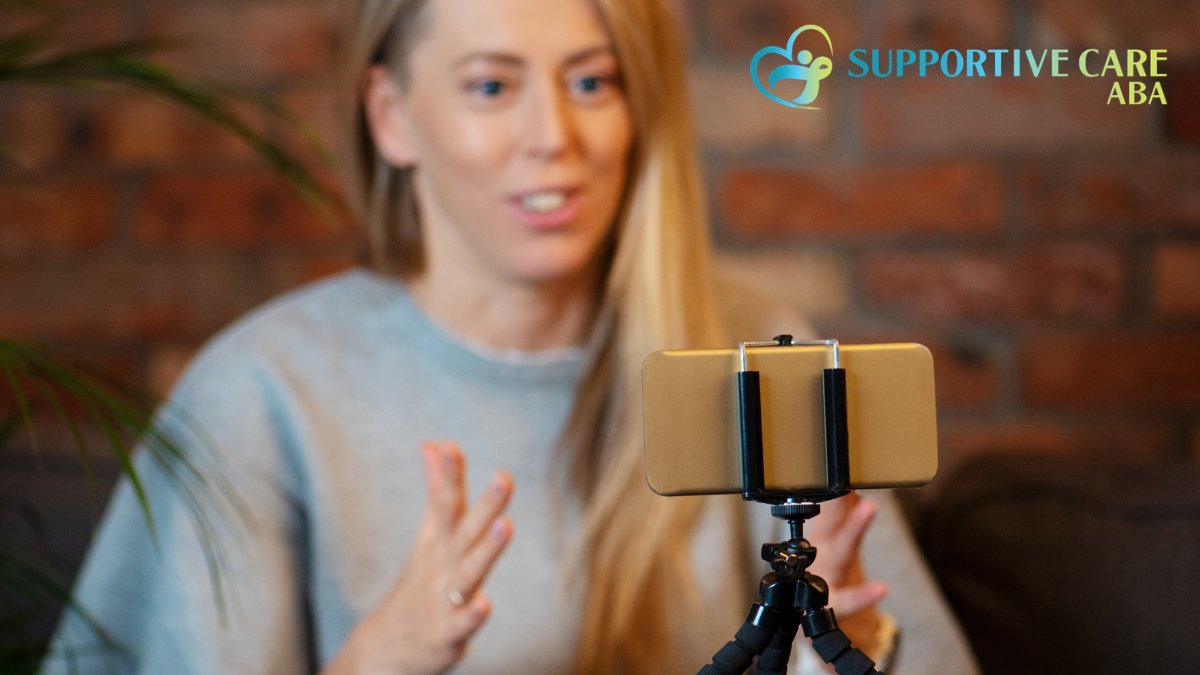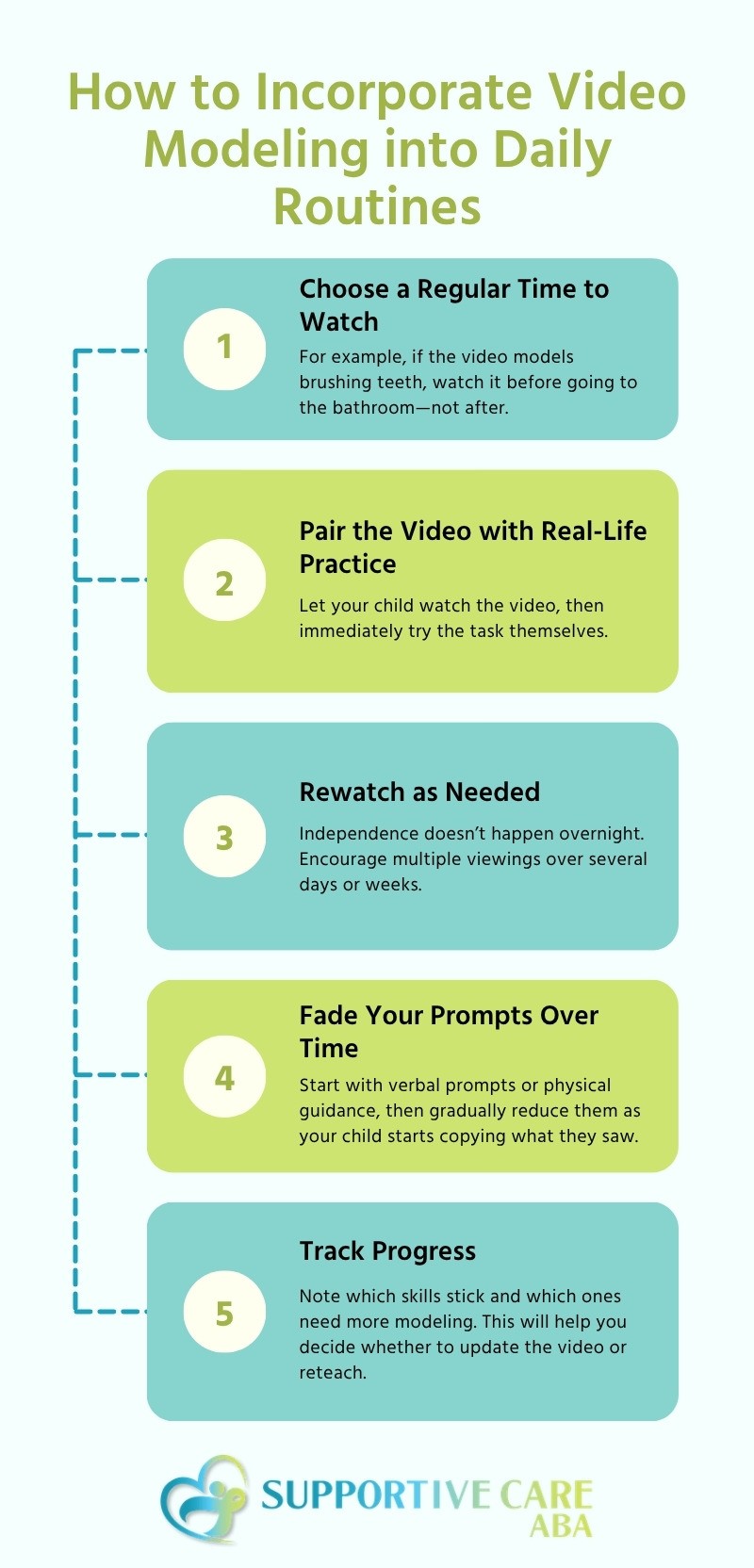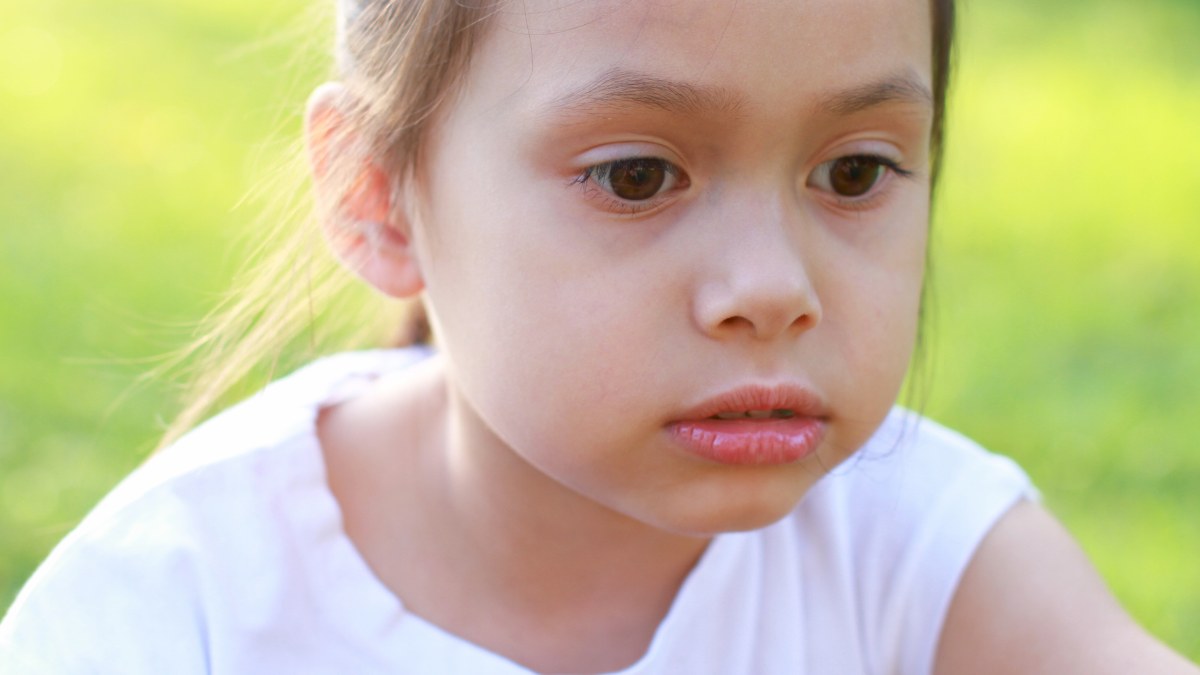Video Modeling for Autism: How to Use It to Build Independence
Video modeling for autism helps build skills—see how this visual strategy can support your child’s independence in social, self-help, and communication areas.

Video Modeling for Autism: How to Use It to Build Independence
Key Points:
- Video modeling is a research-backed strategy that helps autistic individuals build independence by watching and imitating modeled behaviors.
- There are different types of video modeling, each serving specific goals, such as self-help skills, communication, or social interactions.
- When used consistently and in conjunction with ABA therapy, video modeling can support daily routines, reduce caregiver prompting, and boost a child’s confidence.
Raising a child with autism often means looking for strategies that work with how your child learns best—not against it. One such evidence-based approach is video modeling for autism, a method where children learn new skills by watching a modeled behavior on video. Think of it as giving your child a visual playbook they can return to over and over again.
This strategy has proven particularly useful for building independent living skills, especially for children who are visual learners or who struggle with verbal instructions. Whether it's brushing teeth, asking for help, or navigating peer interactions, video modeling makes it easier for your child to see, understand, and replicate what success looks like.
Let’s walk through how video modeling works, the types you can try, and how to tailor this strategy to meet your child's needs—while also exploring how it pairs effectively with ABA therapy.
What is Video Modeling?
Video modeling is a behavioral teaching method rooted in principles of observational learning. Instead of learning by doing first, children learn by watching a skill performed correctly on video. These videos can show a peer, adult, or even the child themselves completing a task from beginning to end.
This strategy works especially well for children on the autism spectrum because it capitalizes on strengths many of them already have—visual processing and memory. When used effectively, video modeling supports:
- Clear expectations
- Repetition without pressure
- Generalization of skills to new environments
Most importantly, it gives children the chance to pause, rewind, and rewatch, which builds confidence and autonomy.
The Different Types of Video Modeling and When to Use Each
Before you pull out your phone and start recording, it's important to know the different types of video modeling. Each one has its own strengths, and depending on your child’s needs, one type may be more effective than another.
Here’s a breakdown of the most common types and how to use them:
1. Basic Video Modeling
This involves another person—usually a peer or adult—demonstrating the target behavior.
When to use it:
Ideal for early learners who benefit from seeing others complete tasks. For example, watching a sibling wash hands before dinner.
2. Video Self-Modeling
In this version, the child is recorded performing the task (even if edited together from partial attempts), then watches themselves succeeding.
When to use it:
Perfect for boosting confidence in skills the child is almost able to do independently. For example, stringing beads or tying shoes.
3. Point-of-View Modeling
Here, the video shows the task from the learner’s perspective—like holding a toothbrush and looking into a mirror.
When to use it:
Useful for self-care tasks or fine motor skills where perspective matters. Great for tasks like packing a backpack or zipping a jacket.
4. Video Prompting
This is a step-by-step guide, pausing after each modeled step so the learner can imitate it in real-time.
When to use it:
Effective for complex or multistep routines, such as making a sandwich or loading the dishwasher.
Choosing the right type depends on your child’s strengths, the skill being taught, and how much support they need to perform the behavior.

What Skills Can You Teach with Video Modeling?
One of the biggest advantages of video modeling is its flexibility. It can be applied across various domains—from basic daily routines to emotional regulation.
Here are some skill categories that parents often teach using video modeling:
Life Skills
- Brushing teeth: Show each step from applying toothpaste to rinsing.
- Getting dressed: Demonstrate laying out clothes, putting them on in order, and fixing buttons or zippers.
- Toilet routines: Use point-of-view modeling to illustrate handwashing or flushing.
Communication
- Requesting help: Model simple verbal or AAC requests like “Help me open this.”
- Greetings and farewells: Demonstrate waving, smiling, and saying “hello” or “bye” appropriately.
- Turn-taking in conversation: Show how to respond and ask follow-up questions.
Social Interaction
- Playing with peers: Record cooperative play or simple board games.
- Sharing and waiting: Model how to wait for a turn and react appropriately to delays.
- Dealing with frustration: Demonstrate calm-down strategies like deep breathing or asking for a break.
Community Participation
- Crossing the street safely: Model looking both ways, waiting for signals, and walking with awareness across crosswalks.
- Ordering at a restaurant: Show how to wait in line, speak clearly to a cashier or server, and respond appropriately during the interaction.
- Using public restrooms: Demonstrate entering a stall, using the toilet, flushing, washing hands, and exiting calmly and hygienically.
The key is to pick one behavior per video and keep it concise—usually under 2-3 minutes.

5 Tips for Making Effective Video Models
Creating your own videos may sound intimidating, but it’s easier than you think. A smartphone camera and a quiet room are all you need to start.
To help you get started, here are some essential tips to create successful and engaging video models:
Keep It Simple
Focus on one behavior per video. Avoid background distractions and unnecessary dialogue. The clearer the video, the better the learning outcome.
Use Clear and Natural Language
If there's speaking in the video, keep it short and match what you’d want your child to say. For nonverbal learners, include gestures or AAC devices as models.
Record from the Right Perspective
Sometimes, first-person (point-of-view) shots help children understand where their hands go or what items they need to interact with. Test what works best for your child.
Edit if Needed
You don’t need fancy software. Even basic apps can let you trim the clip or add labels. Keep only the essential parts of the task.
Watch Together
The most effective part? Watching with your child. Pause, narrate, and highlight what’s happening. Afterward, encourage them to try the task.
How to Incorporate Video Modeling into Daily Routines
Once your videos are ready, the next step is to make them part of everyday life. Like any learning strategy, consistency is key.
Here’s how to seamlessly weave video modeling into your child’s routines:

Why Video Modeling Works (Especially Alongside ABA)
Video modeling fits beautifully into Applied Behavior Analysis (ABA) programs, especially those focused on building independence.
At Supportive Care ABA, many programs integrate video modeling to:
- Reduce the need for constant adult prompting
- Build generalization across environments
- Increase motivation through visual learning
One of the greatest pain points parents face is having to prompt their child repeatedly through every routine. Video modeling allows your child to learn by watching, then doing, without relying on your voice every step of the way.
And when guided by a trained ABA provider, the learning is monitored, adjusted, and reinforced with positive feedback tailored to your child’s progress.
Final Thoughts: Supporting Independence with the Right Tools
Helping your child become more independent doesn’t have to be overwhelming. Strategies like video modeling for autism provide an approachable, research-based way to teach life-changing skills—while easing the daily load for you as a parent.
Whether your child is learning to dress themselves, ask for help, or manage frustration in social settings, video modeling can pave the way to more confident, capable behavior.
And if you’re looking for expert support to guide you through this process, Supportive Care ABA offers personalized ABA therapy in North Carolina, Georgia, Indiana, Virginia, and Oklahoma. Our team can help you integrate tools like video modeling into your child’s routine—so they can thrive in the ways that matter most.
Contact us today to learn how ABA therapy can support your child’s growth.








.jpg)
.jpg)


%20(1).jpg)
.jpg)
